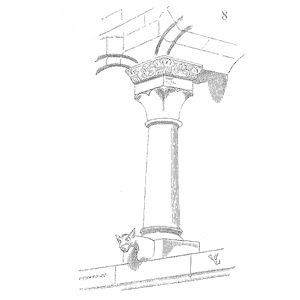
An Introduction, Basic Steps, and Examples of How HALT Goes Wrong
HALT promises to find the weaknesses in your design early in the design process. Understanding the basic concepts underlying HALT enables you to do so effectively. Let’s discuss this essential discovery tool and how it fits into your program.
I call HALT (highly accelerated life test) the second worst acronym in the field of reliability engineering.
HALT is not a test because your product can ‘pass’ the test. Getting failures is the hallmark of a successful HALT.
The idea that you can use single and combined stresses to ferret out faults in a product is a simple concept. The ability to go beyond expected operating stress levels and provide your team with meaningful information is key. A failure is a failure, and finding them is the first step in removing or mitigating the consequence of those failures.
Let’s discuss the basic idea of HALT, how to explain the purpose and expected outcomes, and a few best practices you can use today to improve your HALT program.
This Accendo Reliability webinar originally broadcast on 9 May 2017.

To view the recorded webinar and slides, visit the webinar page.
Related Content
Introduction to HALT – Highly Accelerated Life Testing with Dr. Christopher Jackson episode
Prework for HALT episode
Talking about HALT episode
HALT! Watch out for that weakest link episode
Is There a Standard for HALT? episode
Leave a Reply